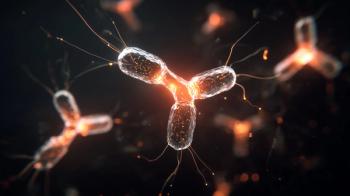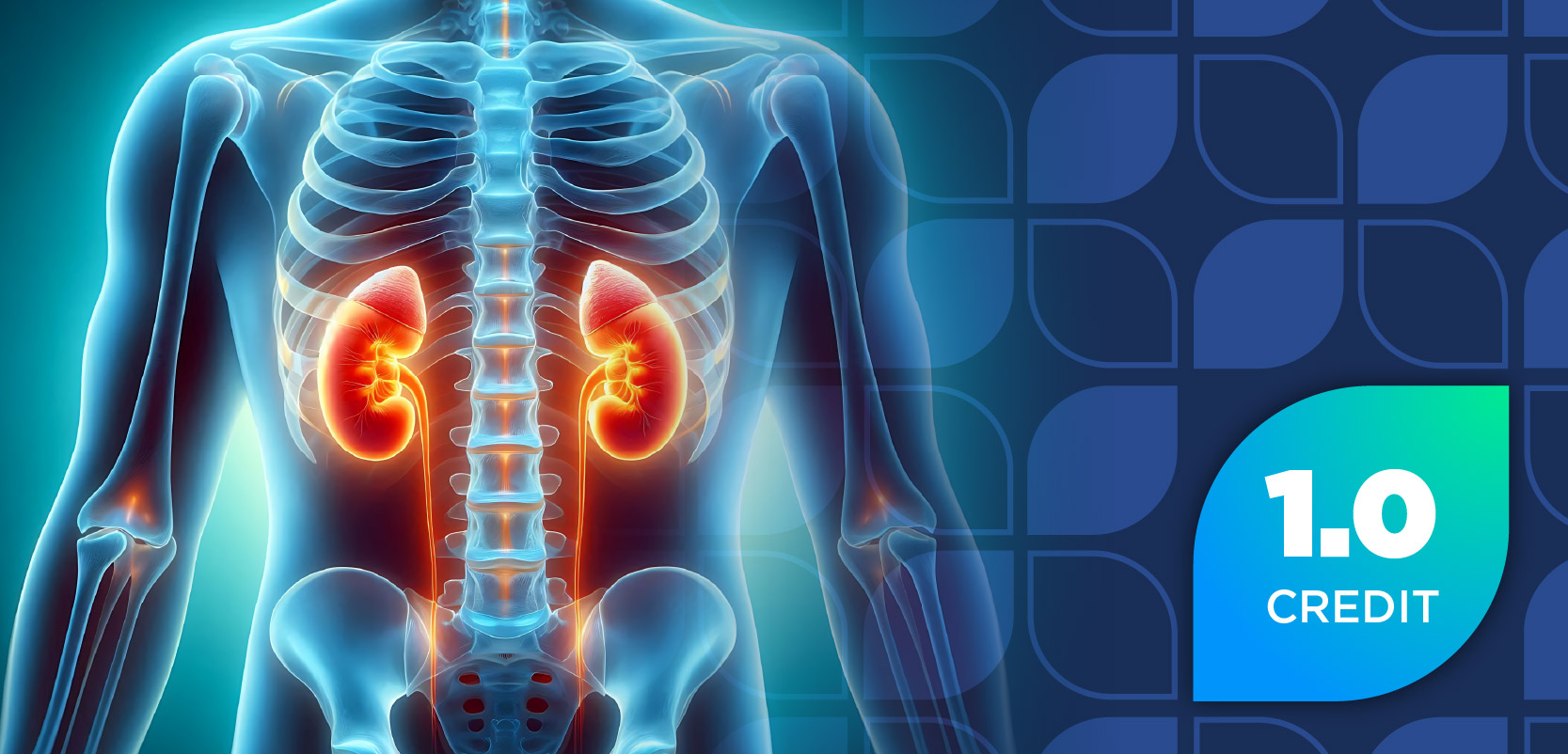
Polypurine Hairpin Technology Is Safe, Effective at Inhibiting PCSK9 to Regulate Cholesterol
Key Takeaways
- Polypurine hairpins (PPRHs) offer a cost-effective method of inhibiting PCSK9, reducing LDL-C levels and cardiovascular risk.
- PPRHs, particularly HpE12, showed significant in vitro and in vivo reductions in PCSK9 and cholesterol levels.
Researchers unveil a groundbreaking method using polypurine hairpins to inhibit PCSK9, offering a promising alternative for lowering cholesterol and reducing cardiovascular risk.
Using polypurine hairpins, a group of investigators has successfully developed a cost- and resource-efficient inhibiting system for proprotein convertase subtilisin/kexin type 9 (PCSK9), a novel therapeutic target to lower low-density lipoprotein cholesterol (LDL-C) levels and reduce cardiovascular risk. Their observations provide a new perspective on how high cholesterol can be lowered and present a possibly game-changing new therapeutic method that could broaden the tools available to combat atherosclerosis and cardiovascular risk.1,2
Targeting PCSK9 Through Novel Approaches
PCSK9 has gradually emerged as a major therapeutic target to reduce the risk of cardiovascular disease (CVD) because of the significant role it plays in regulating serum cholesterol levels. By inhibiting PCSK9 using medications such as evolocumab (Repatha; Amgen) and inclisiran (Leqvio; Novartis), more LDL receptors in hepatocytes are made available to lower LDL-C.3
Despite the effectiveness of currently available agents, newer methods are consistently being sought out to more effectively lower CVD risk and decrease patient financial burden. PCSK9-targeting agents can be associated with high costs, little availability, and difficult tolerability, with issues regarding adherence limiting their expansion across patient populations. Numerous alternative methods, including the use of polypurine reverse Hoogsteen (PPRH) oligonucleotides, have emerged as intriguing opportunities for treatment evolution.1
PPRH molecules target specific DNA regions of a series of nucleotides to effectively silence a target gene. A novel, powerful genetic tool, previous investigations have found in vitro and in vivo effectiveness of PPRH direction against oncogenes expressed in various cancer cells. They have also been used for infectious disease treatment, such as targeting cells expressing the SARS-CoV-2 virus. To this point, their use in chronic metabolic diseases—such as in the regulation of LDL-C to reduce CVD risk—has not been explored.1,4
PPRH Utilization Effectively Reduces PCSK9 Levels and Total Cholesterol
Therefore, in the current study, the authors developed and tested PPRHs against PCSK9 with the goal of reducing cholesterol levels. Two PPRHs—HpE9 and HpE12—were designed and examined in the study.1,2
Regarding the in vitro inhibition of PCSK9 expression in human hepatic HepG2 cells, PPRHs effectively reduced PCSK9 mRNA levels for HpE9 (63%) and HpE12 (74%) and protein levels (76% and 87%, respectively) at 24 hours. The reductions in mRNA levels were maintained at 48 hours, showing a sustained response to PPRH therapy.1
For in vivo testing, both PPRHs were investigated by injecting human PCSK9-overexpressing transgenic mice with 2 repeated injections of HpE9 or HpE12, 3 days apart. The investigators found that both HpE9 and HpE12 reduced plasma PCSK9 levels up to 58% and 69%, respectively, within 5 days of injection. Based on the success of HpE12—the investigators noted its more robust reduction curve—they examined it further in a single-injection experiment.1
The authors injected hPCSK9 transgenic mice with HpE12 and 2 nonspecific PPRHs as negative controls. Serum hPCSK9 levels were examined at days 1, 2, 3, 7, and 15 post injections. Mice injected with HpE12 had 48% decreased serum hPCSK9 levels at day 2 but returned to near baseline levels by day 15. In another significant development, total serum cholesterol levels were meaningfully reduced from baseline to day 3.1
An Innovative New Tool for Providers
The in vivo and in vitro results are, according to the investigators, the first to report the use of these tools in the treatment of metabolic diseases such as hypercholesterolemia. Observations garnered by the authors indicate that PPRH-mediated inhibition of PSCK9 can effectively reduce plasma PCSK9 and cholesterol levels, providing encouraging indications on the strength of PPRH technology.1,2
“PPRHs, especially HpE12, are therapeutic oligonucleotides with many advantages, including low cost of synthesis, stability, and lack of immunogenicity,” the investigators wrote in their conclusion. “In addition, such a PPRH-based approach against PCSK9 would not lead to [adverse] effects such as the myopathies associated with statin therapy.”2
If this treatment method is effectively proliferated and deemed successful at reducing cholesterol levels in humans, using PPRHs could become a standard-of-care option and an alternative to statin use.1
REFERENCES
1. López-Aguilar E, Cecilia Pacheco-Velázquez S, Busquets MA, et al. Inhibition of PCSK9 with polypurine reverse hoogsteen hairpins: A novel gene therapy approach. Biochem Pharmacol. 2025;238:116976. doi:10.1016/j.bcp.2025.116976
2. University of Barcelona. New therapeutic strategy designed to help lower cholesterol levels. EurekAlert! News Release. Released June 11, 2025. Accessed July 17, 2025. https://www.eurekalert.org/news-releases/1087119
3. Sobati S, Shakouri A, Edalati M, et al. PCSK9: A key target for the treatment of cardiovascular disease (CVD). Adv Pharm Bull. 2020;10(4):502-511. doi:10.34172/apb.2020.062
4. Ciudad CJ, Valiuska S, Rojas JM, et al. Polypurine reverse hoogsteen hairpins as a therapeutic tool for SARS-CoV-2 infection. JBC. 2024;300(11):107884. doi:10.1016/j.jbc.2024.107884
Newsletter
Stay informed on drug updates, treatment guidelines, and pharmacy practice trends—subscribe to Pharmacy Times for weekly clinical insights.




















































































































































































































